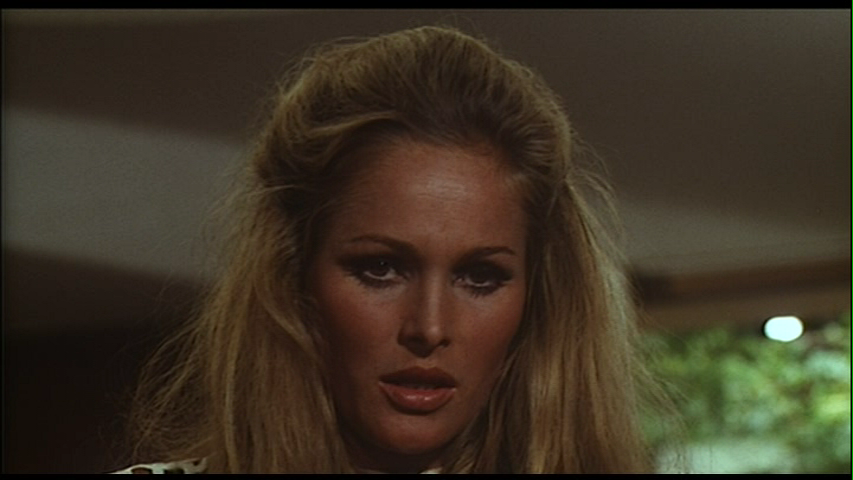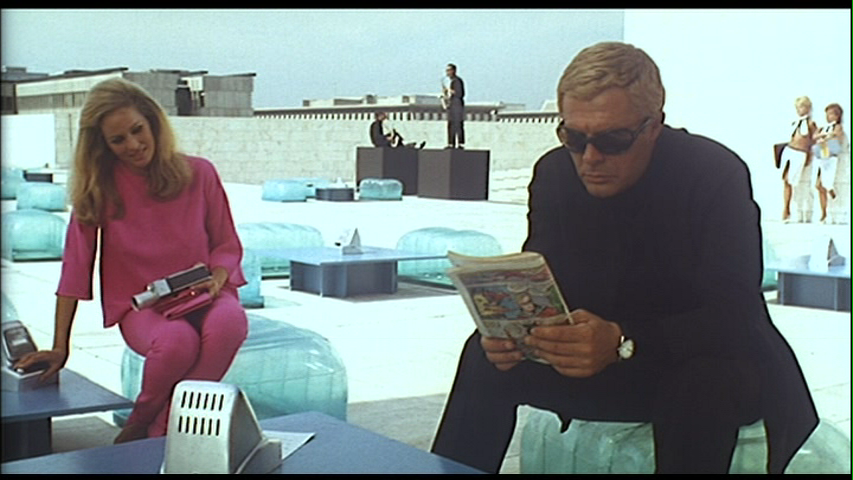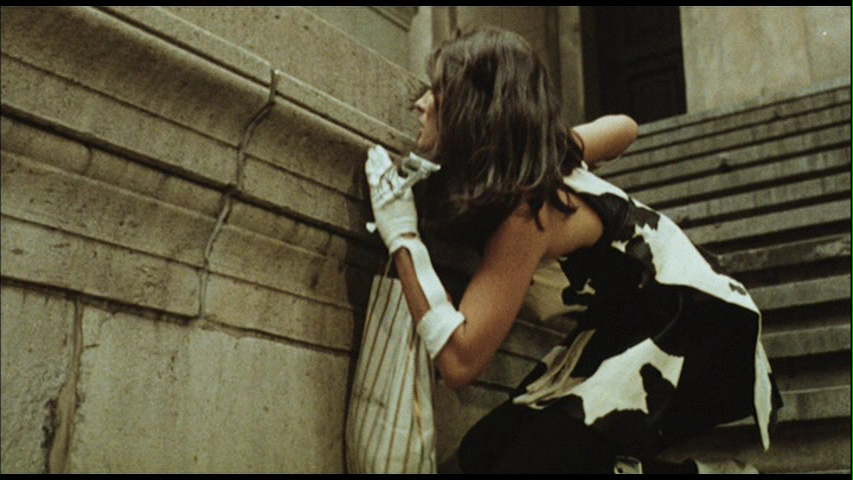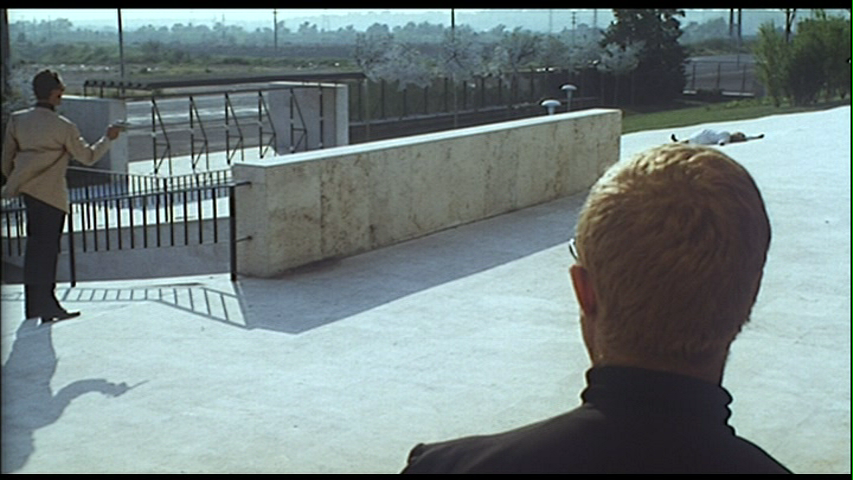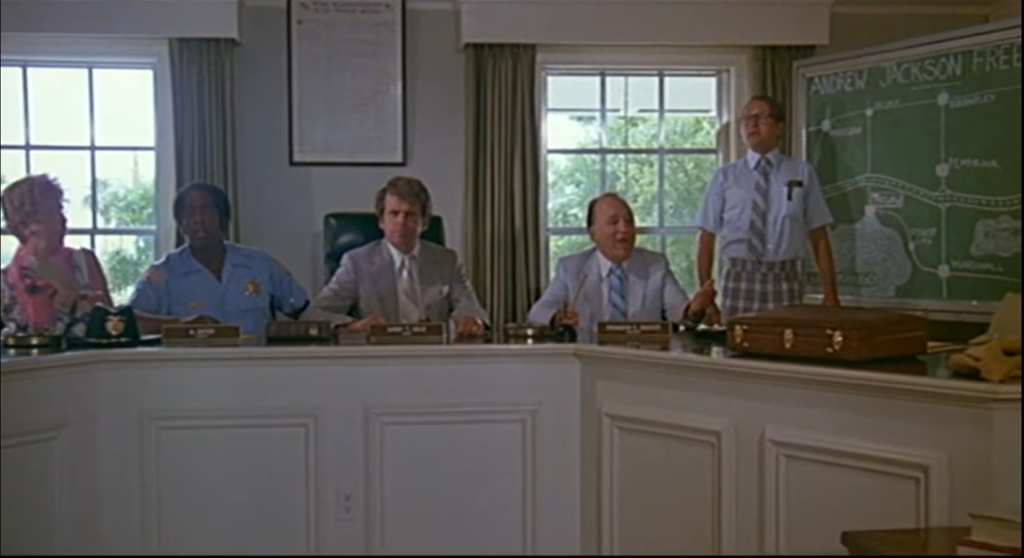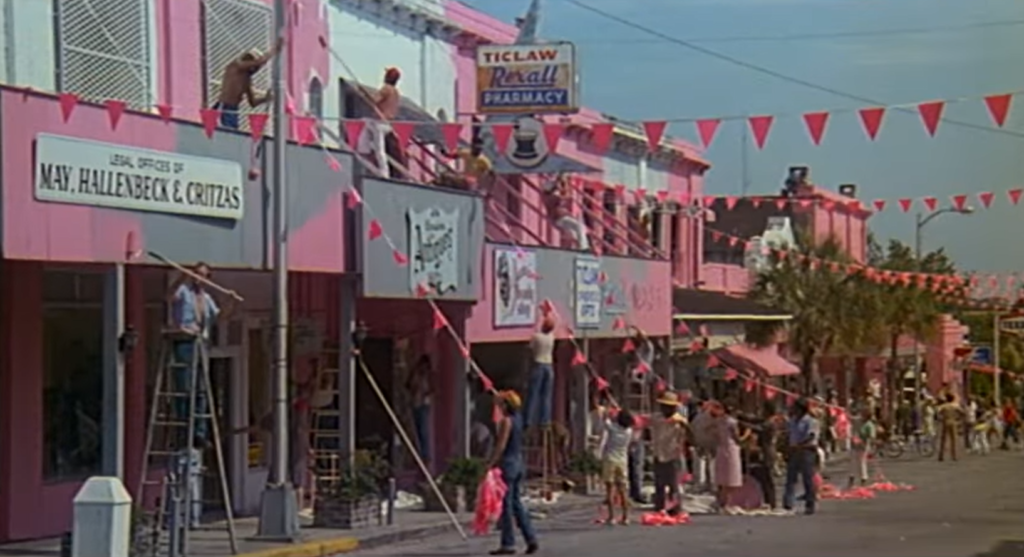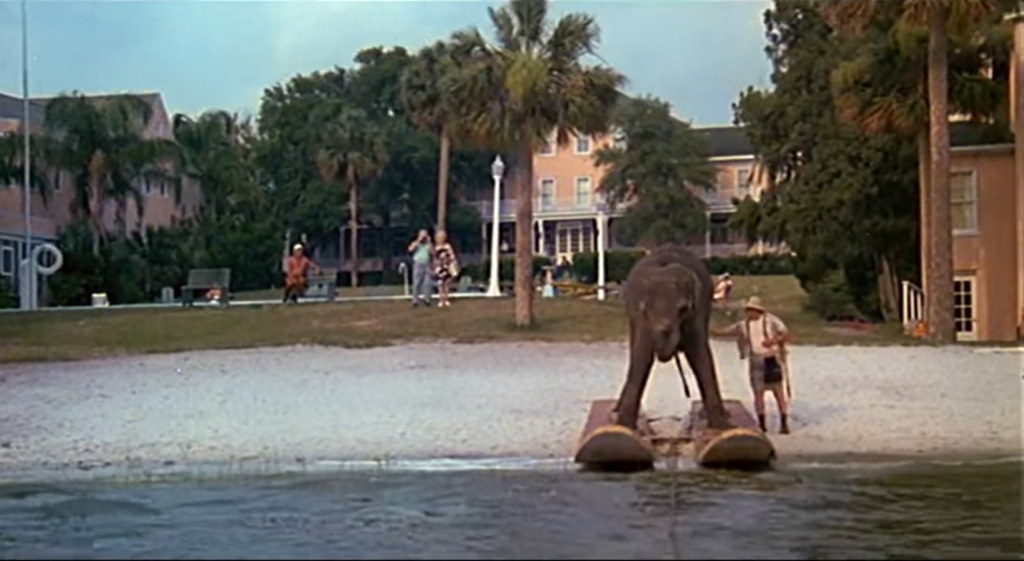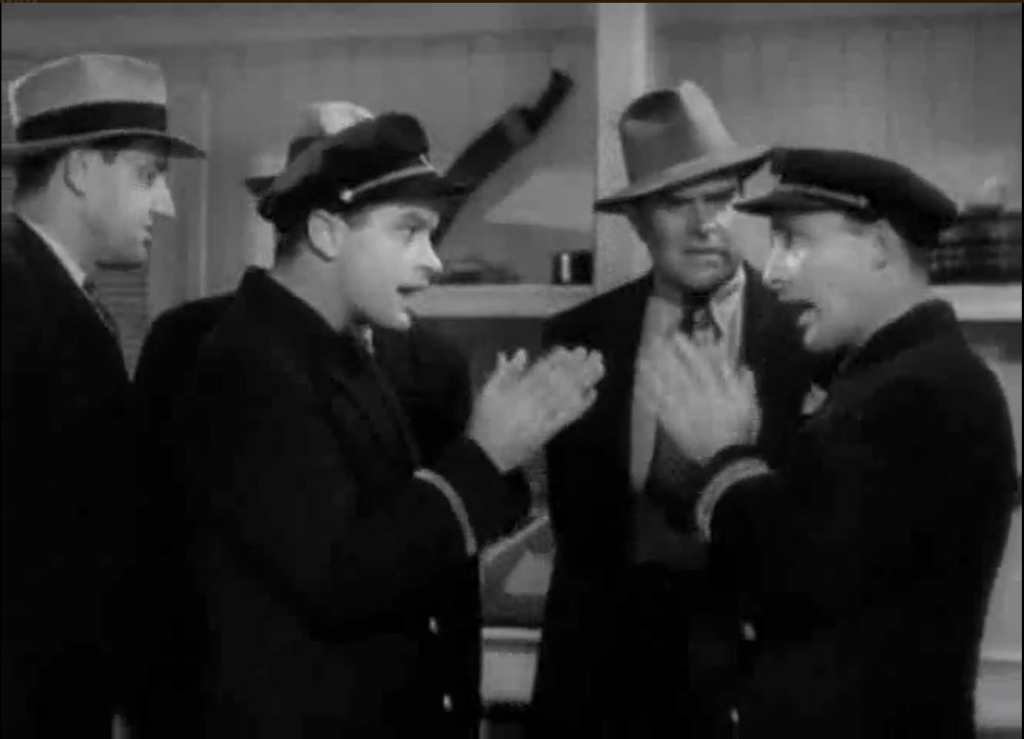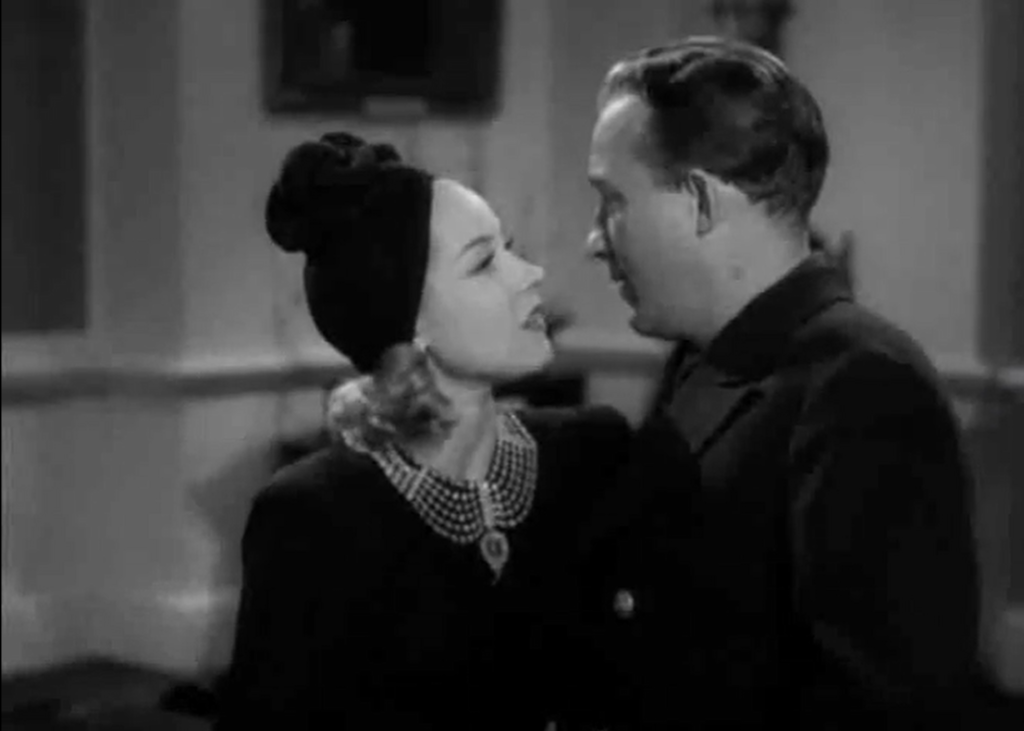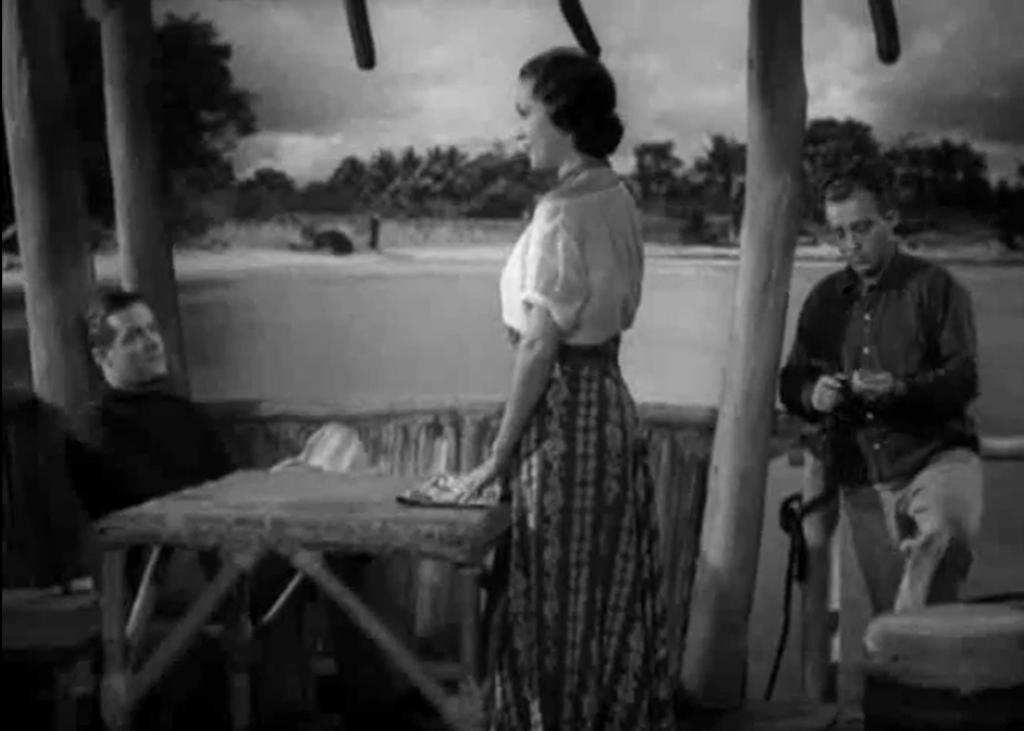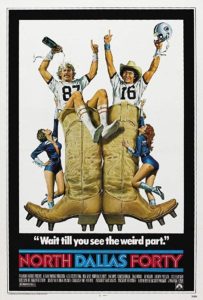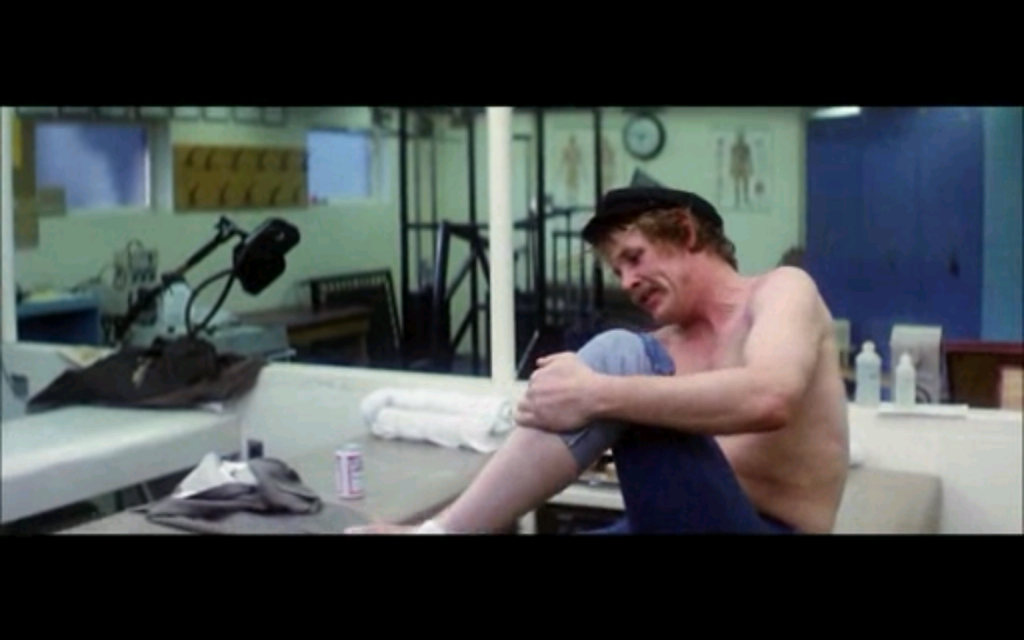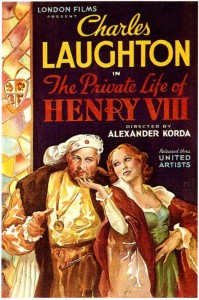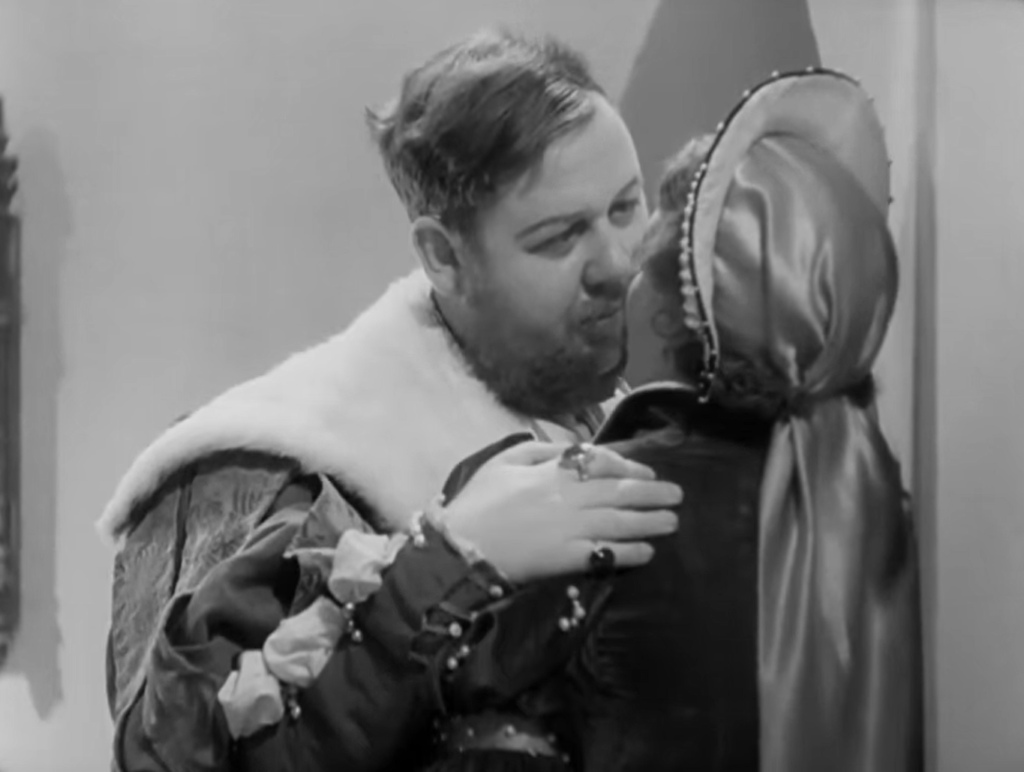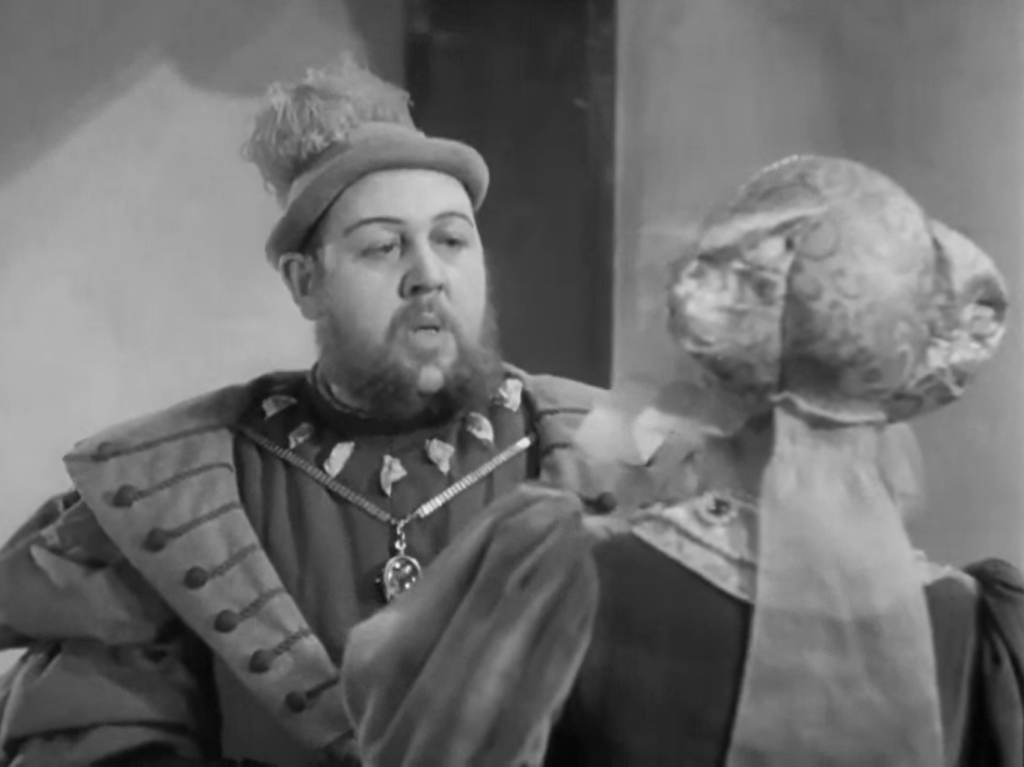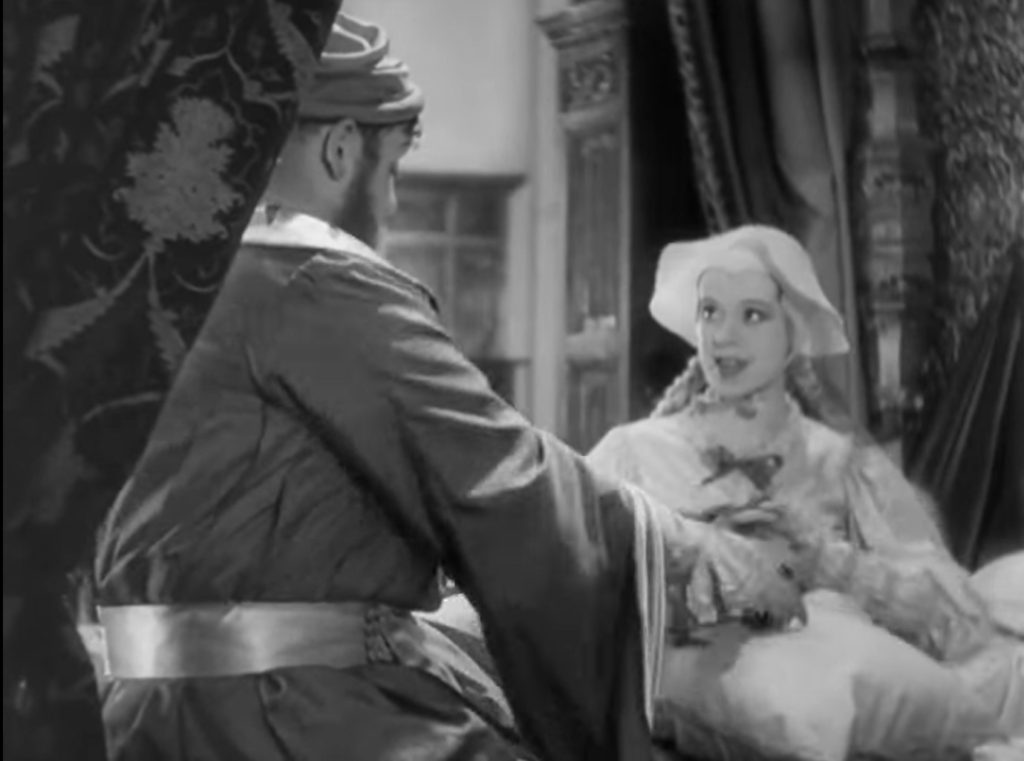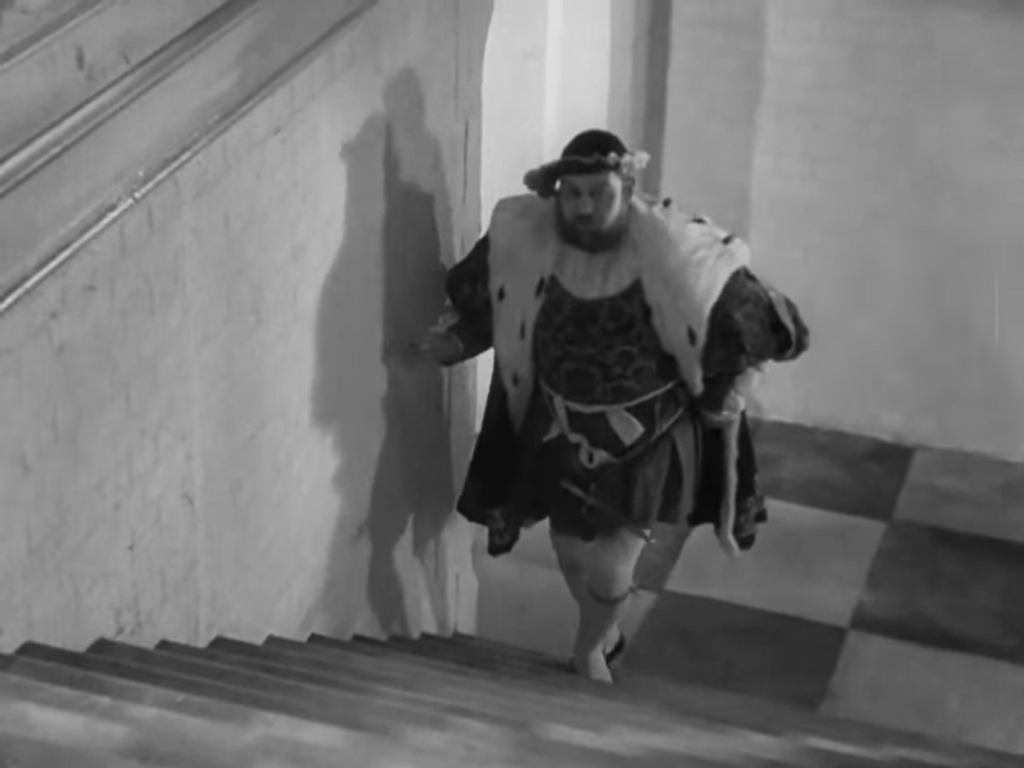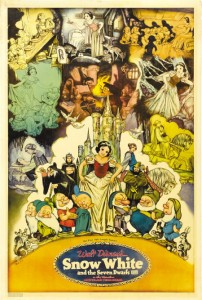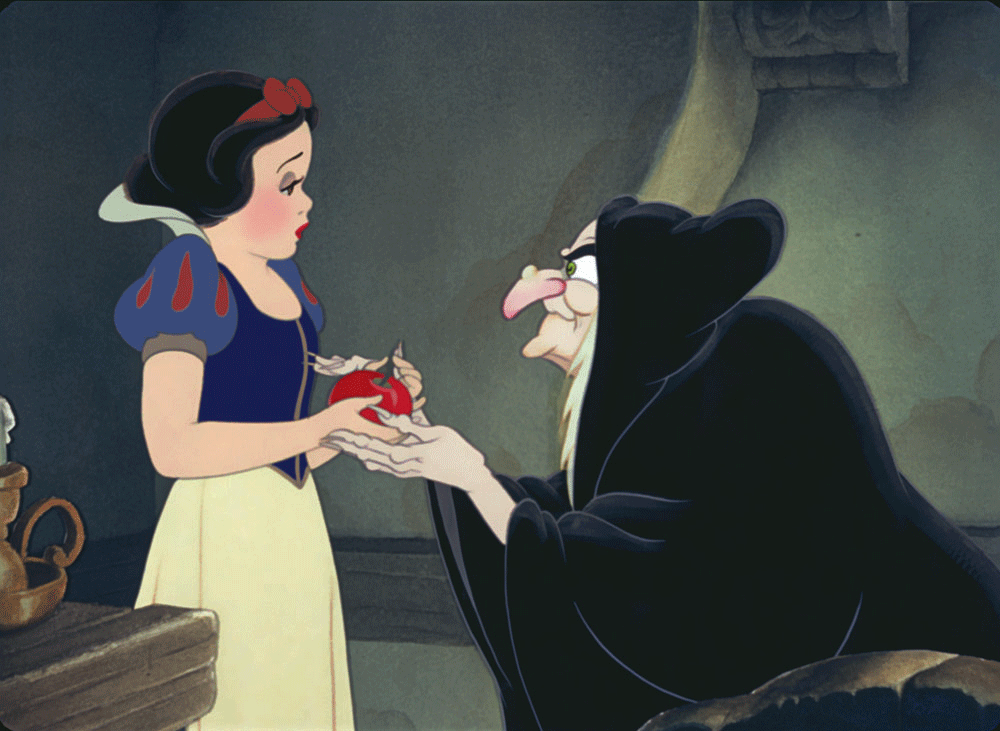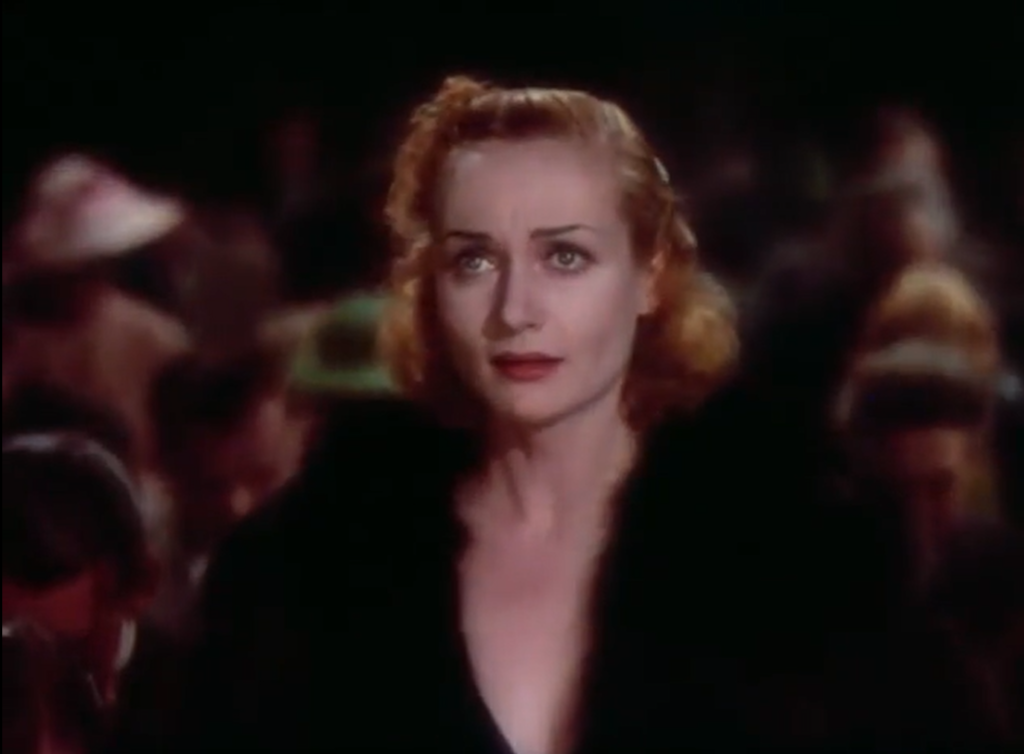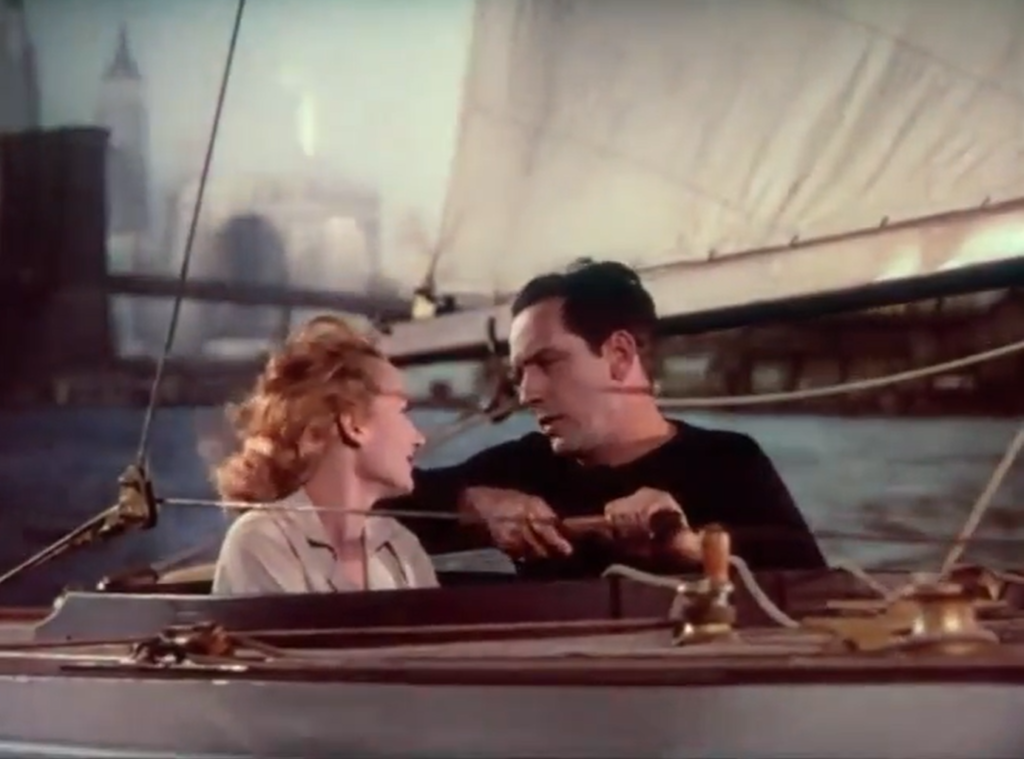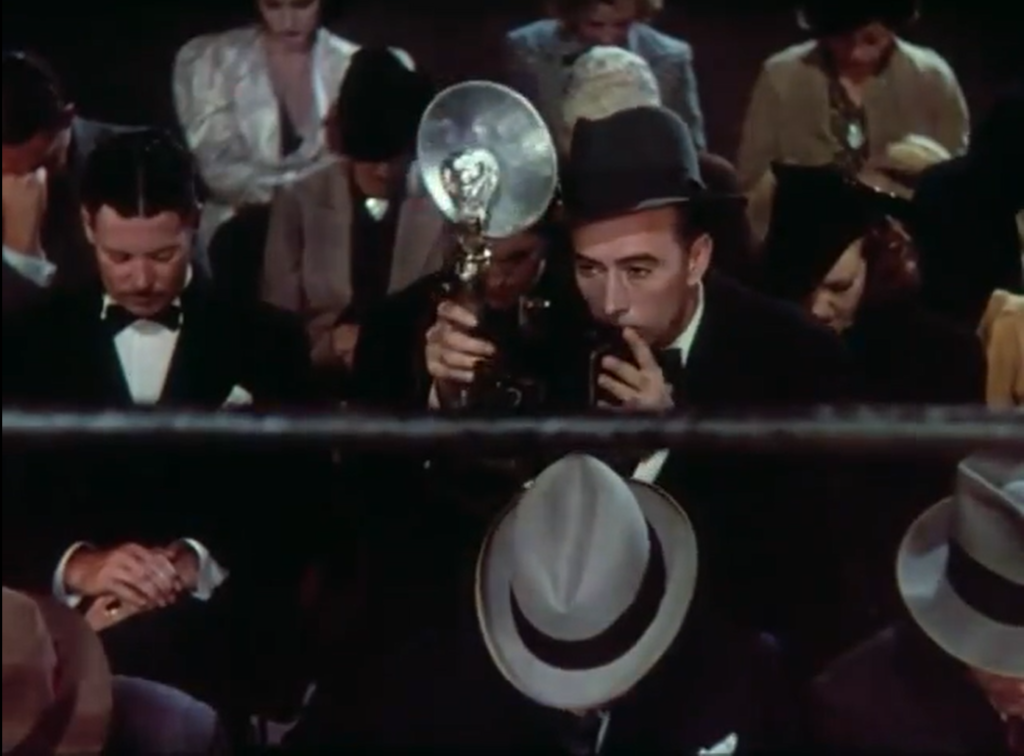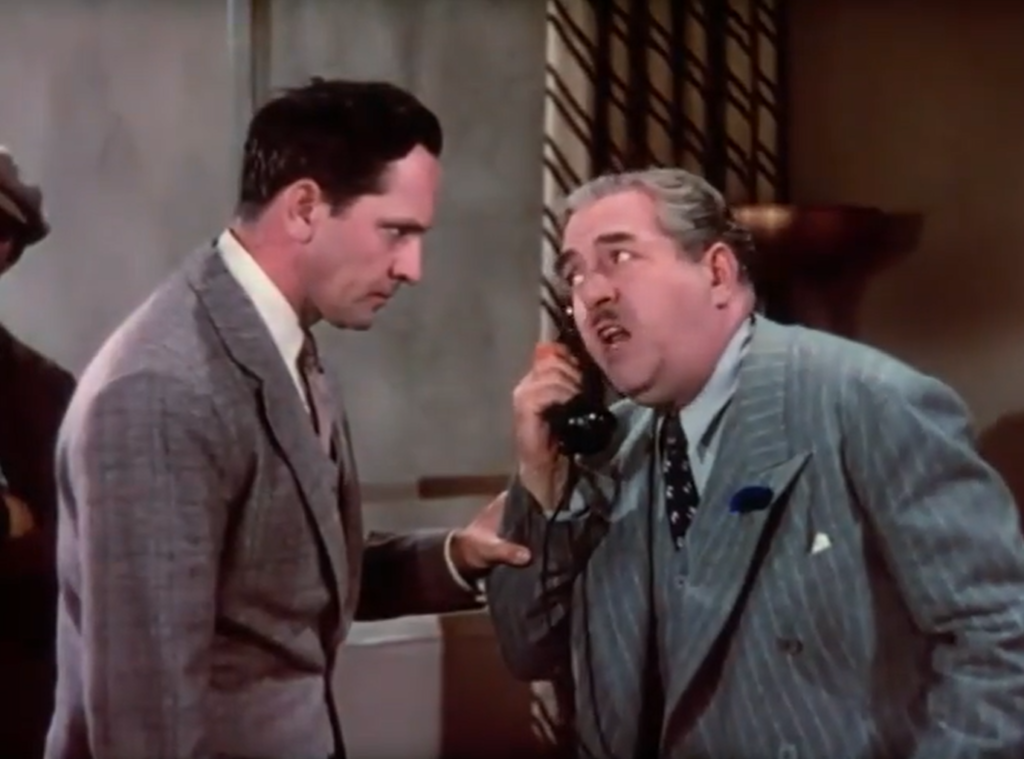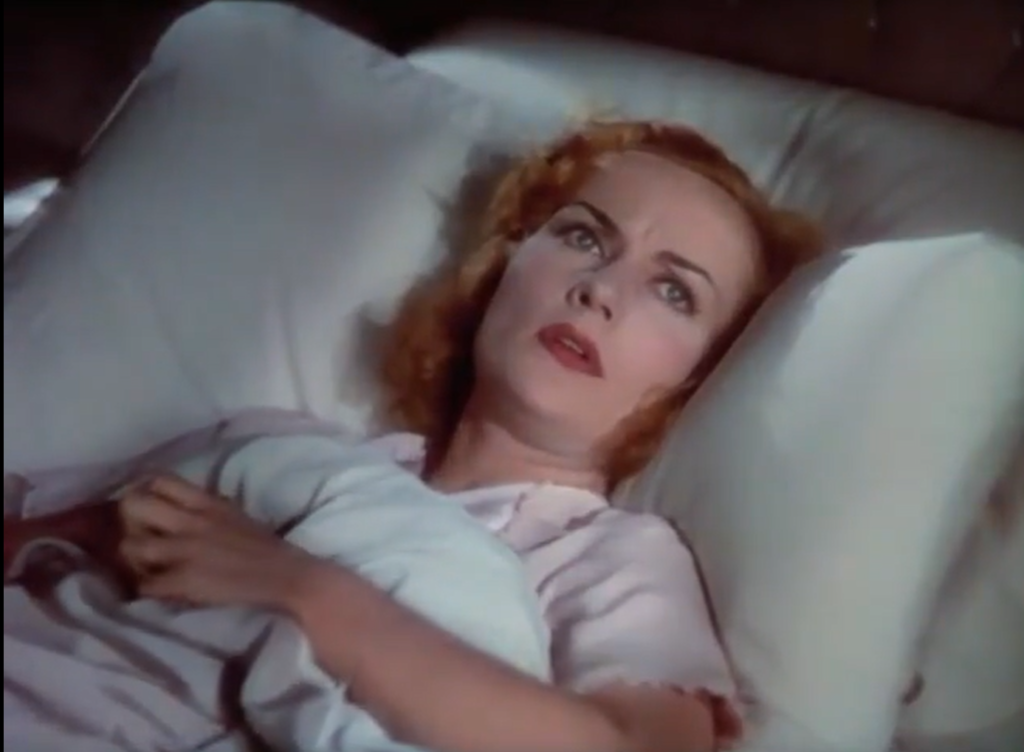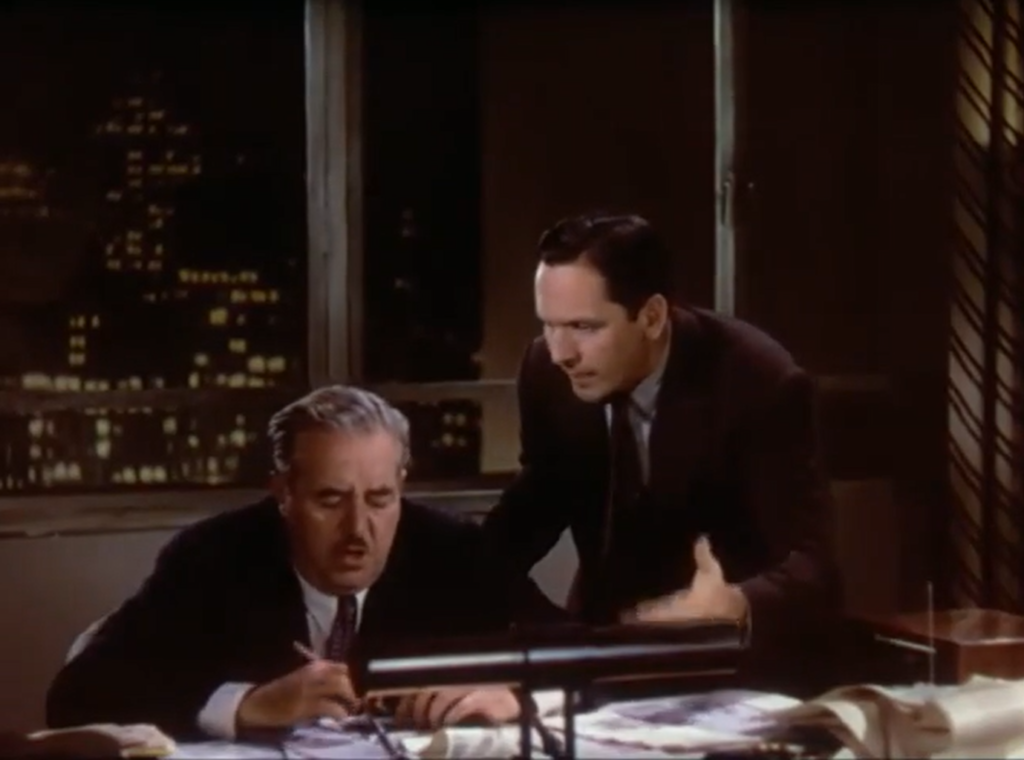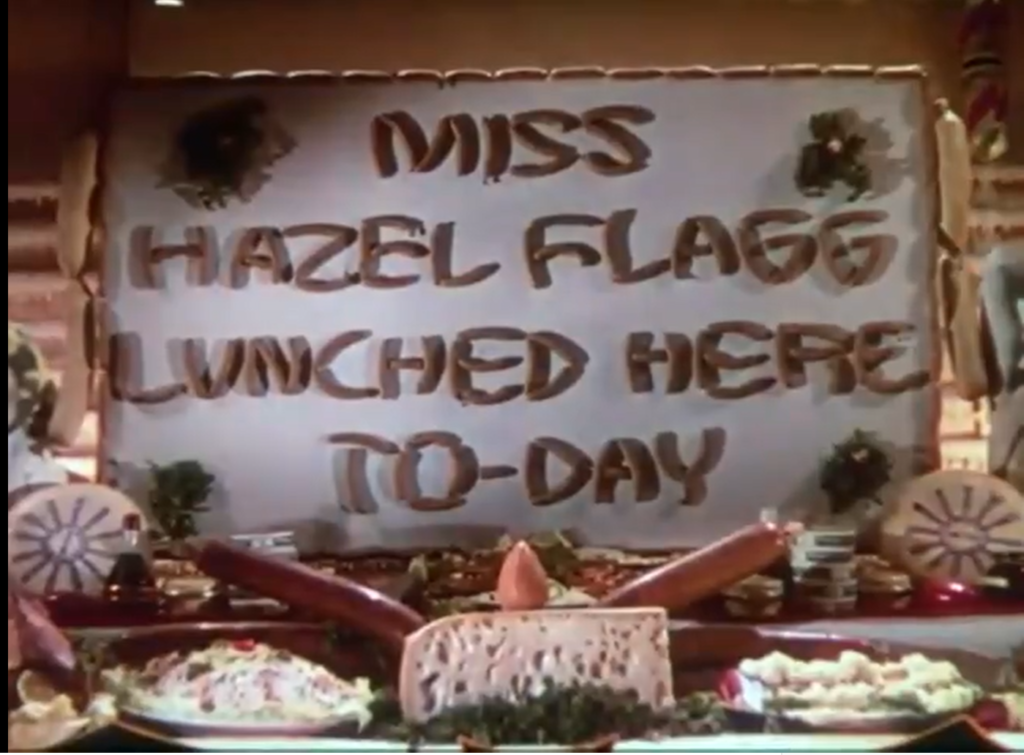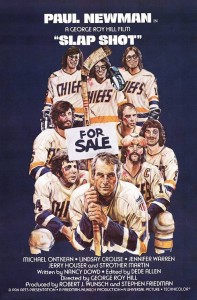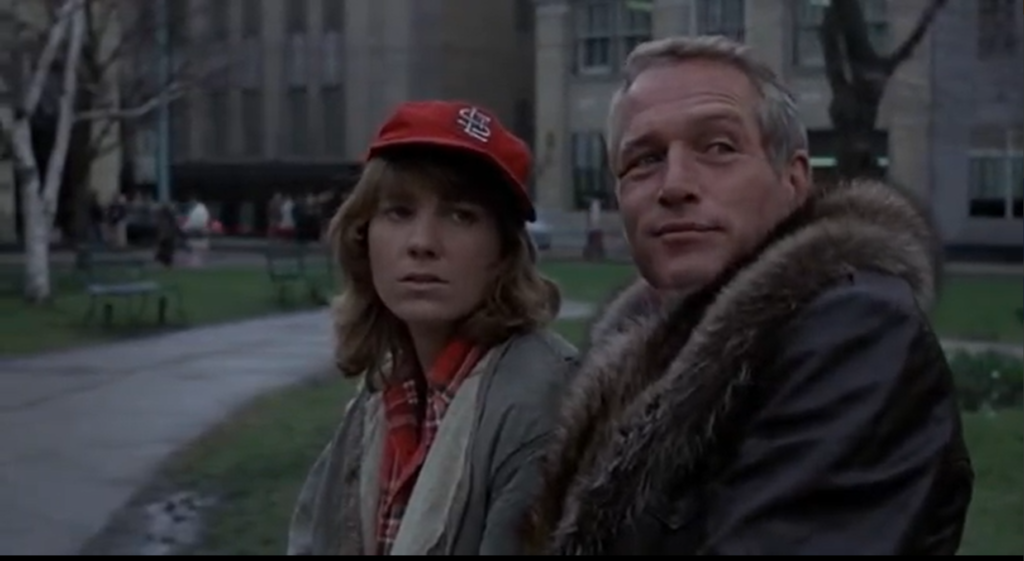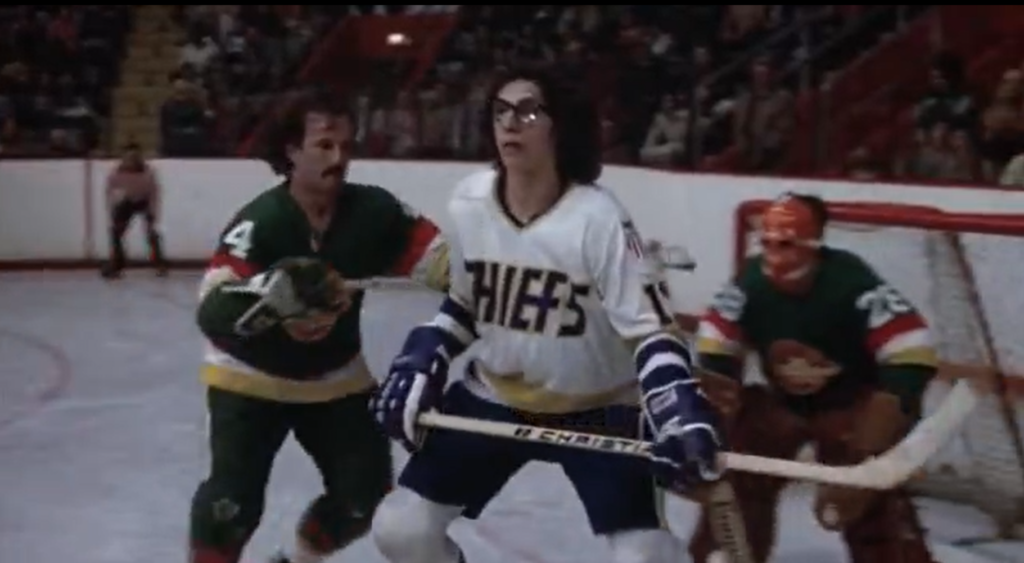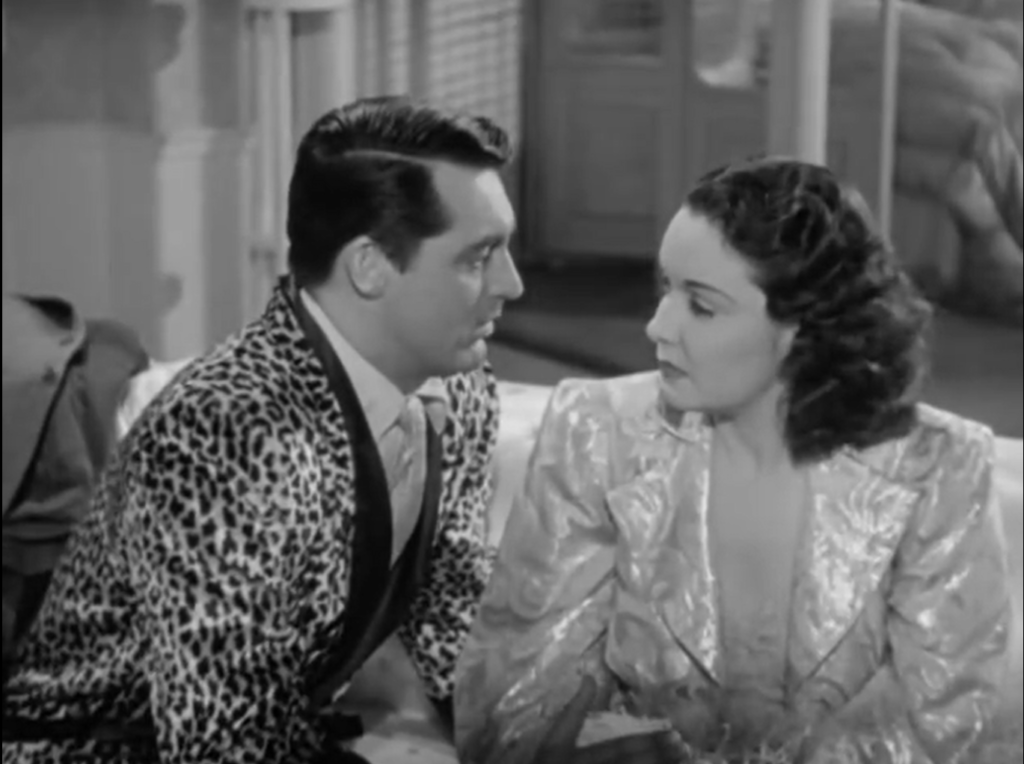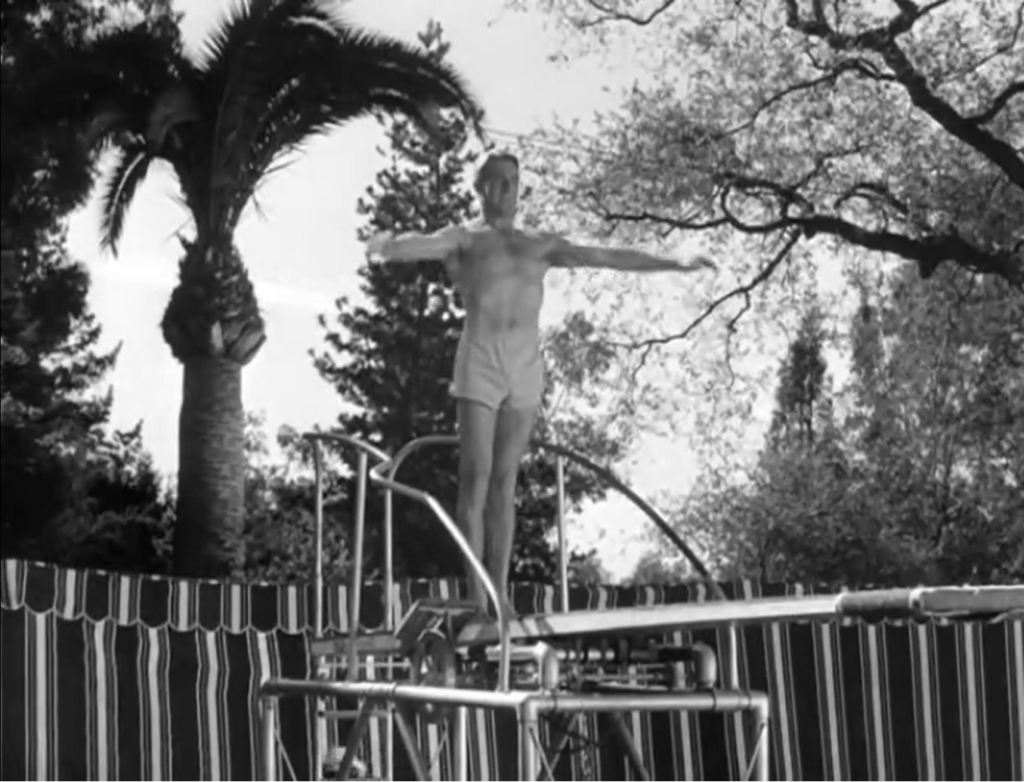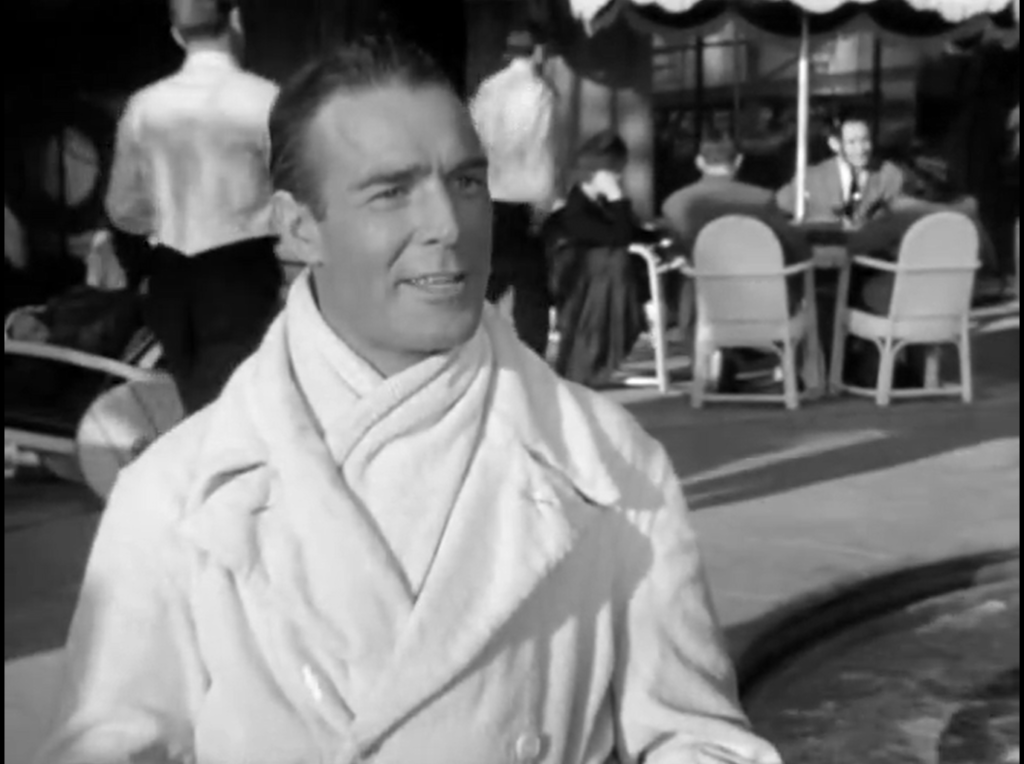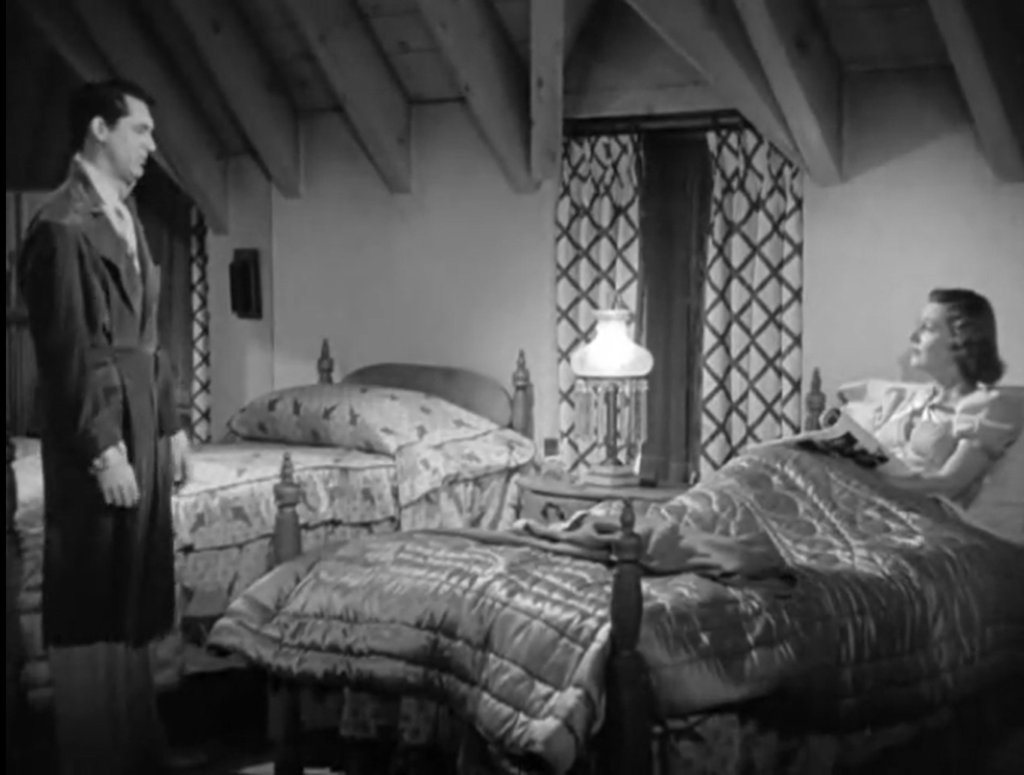|
Genres, Themes, Actors, and Directors:
- Alan Hale Films
- Claude Rains Films
- Donald Crisp Films
- Errol Flynn Films
- Flora Robson Films
- Henry Daniell Films
- Historical Drama
- Michael Curtiz Films
- Pirates
- Royalty and Nobility
- Slavery
Response to Peary’s Review:
Peary argues that this “Errol Flynn swashbuckler is as good an old-time adventure as you’ll find”, and nominates it as one of the Best Pictures of the Year in his Alternate Oscars book. He notes that it possesses “great ships, sea battles, swordplay, spies, slaves, [and] Spaniards”; a “rousing score by Erich Wolfgang Korngold”; “exuberant and stylish direction by Michael Curtiz (who, as usual, makes great use of light, shadows, and space)”; “a strong, spirited script”; “a marvelous group of supporting actors” (including Flora Robson, Claude Rains, Henry Daniell, Una O’Connor, Alan Hale, and others) — and “even a little smooching” (though Flynn’s romance with beautiful but boring Brenda Marshall is definitely the weakest aspect of the story). Most importantly, however, he notes that it stars “Flynn, the talking pictures’ greatest adventure hero”, who is once again a pirate and once again “champion of the underdog, in this case the England of 1585 that is being set up for conquest for Spain”.
While I find nearly every aspect of this adventure flick to be in fine order, I’ll admit that Flora Robson’s “splendid” performance as Queen Elizabeth I remains its greatest personal enjoyment for me. As Peary so accurately explains, Robson presents the Queen “not as a man in a woman’s body but a woman of intelligence, wit, high spirits, temper, strength, and love for country and subjects; she’s no prude, she just prefers ruling men to loving them”. And speaking of its historical grounding, the parallels made between the film’s “imperialist and evil” Spain of 1585 and Nazi Germany are indeed — as many have pointed out — rather overt, with Robson “start[ing] out like Neville Chamberlain, willing to appease the aggressors rather than risk war”, but eventually “becom[ing] as dogged as Winston Churchill”. As Peary argues, much like 1942’s Casablanca (also directed by Curtiz), this is ultimately a thinly “veiled propaganda piece that attempts to get Americans solidly into the war effort” — but it’s easy to overlook such metaphorical heavy-handedness in the face of what amounts to a bracingly vigorous, finely mounted adventure flick in its own right.
Redeeming Qualities and Moments:
- Flora Robson as Queen Elizabeth
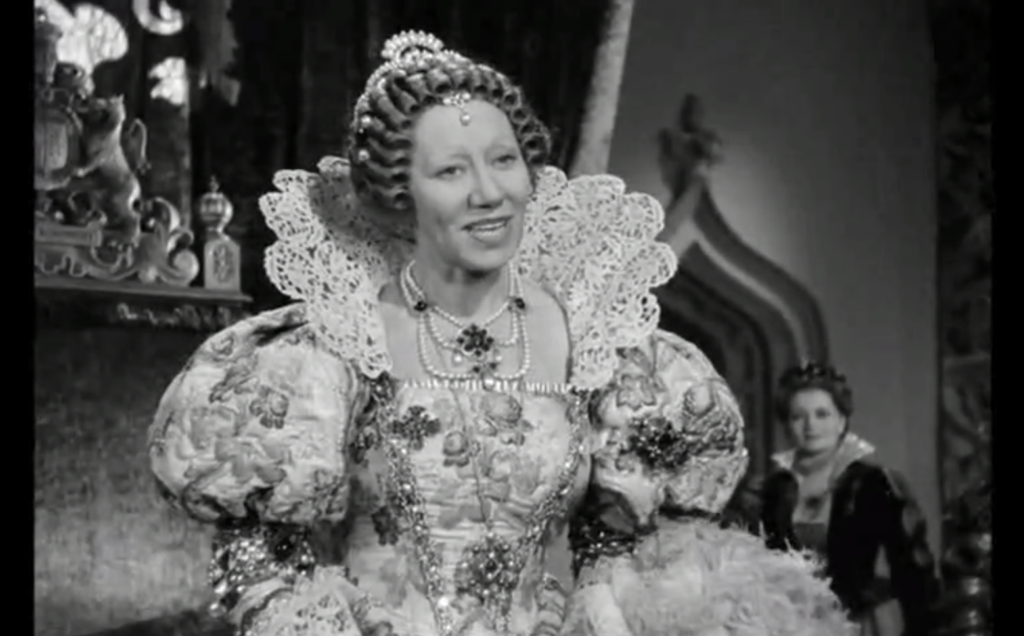
- Errol Flynn as Captain Thorpe
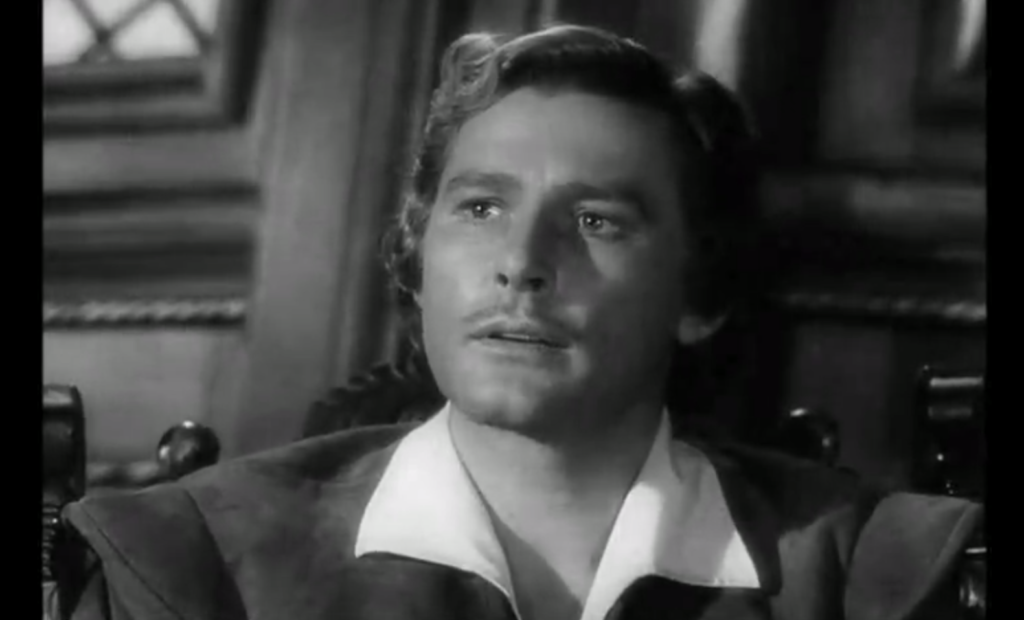
- Fine supporting performances
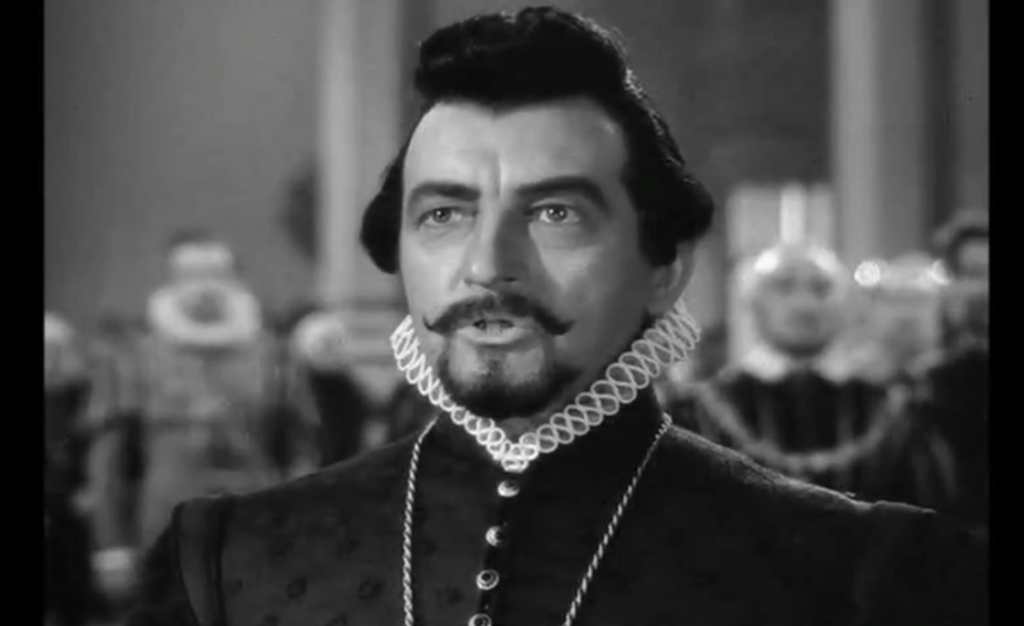
- Authentic period detail

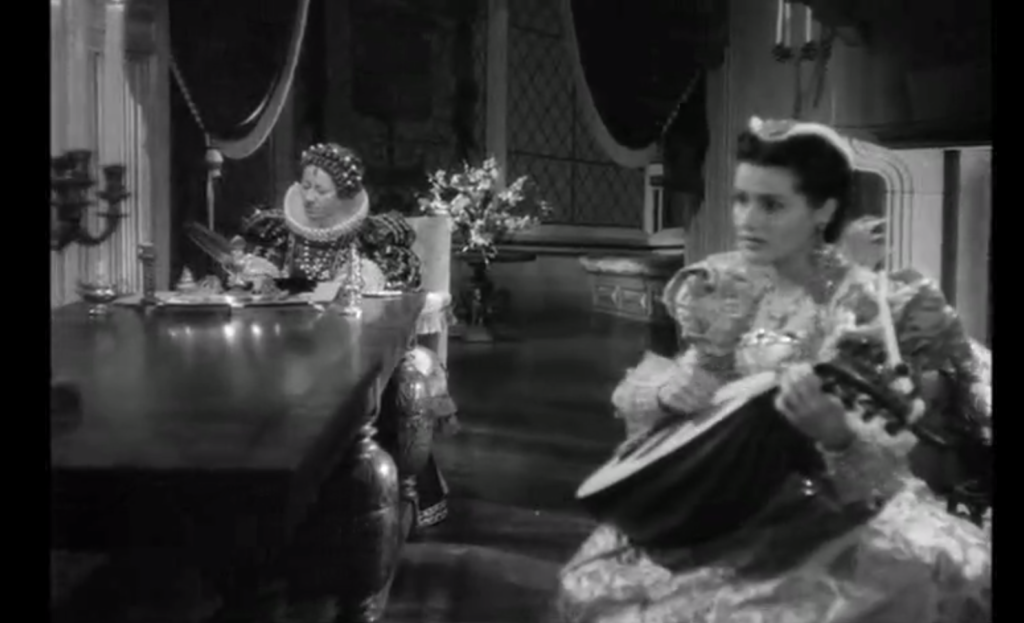
- The exciting climactic duel (between Flynn and Henry Daniell)

- E.W. Korngold’s score
Must See?
Yes, as an adventure classic.
Categories
Links:
|

